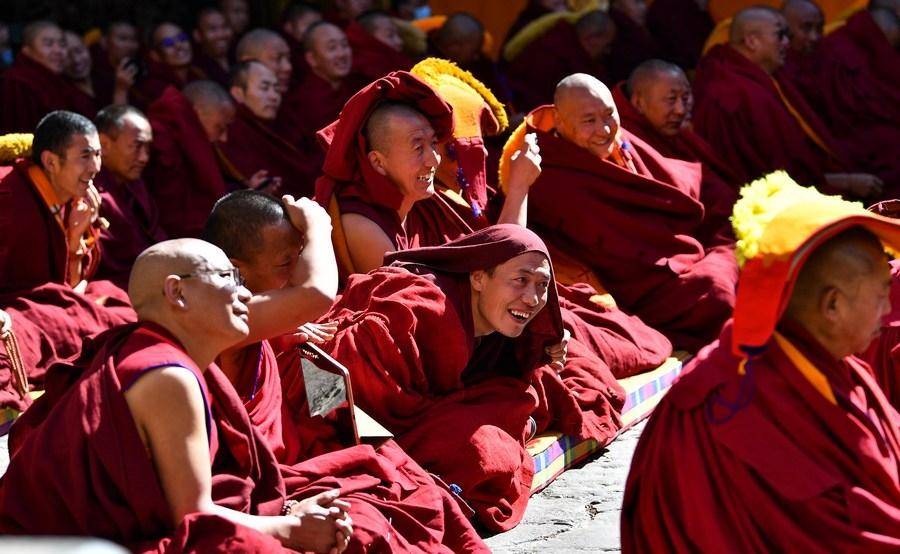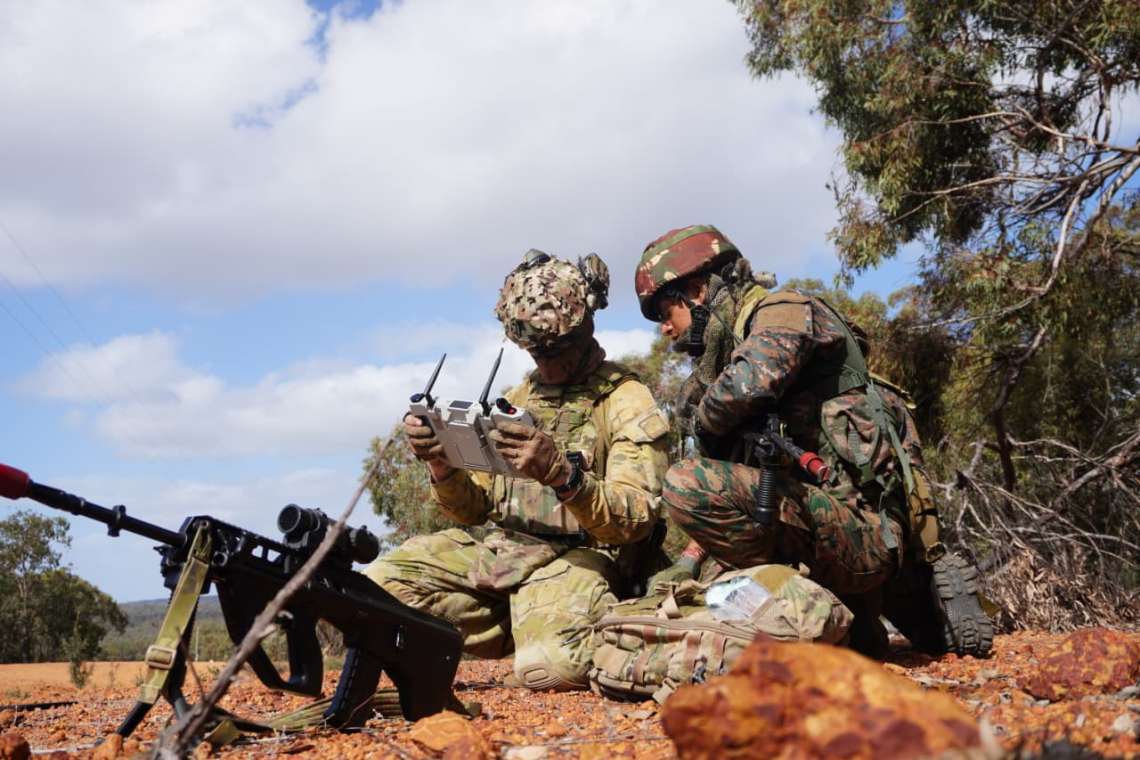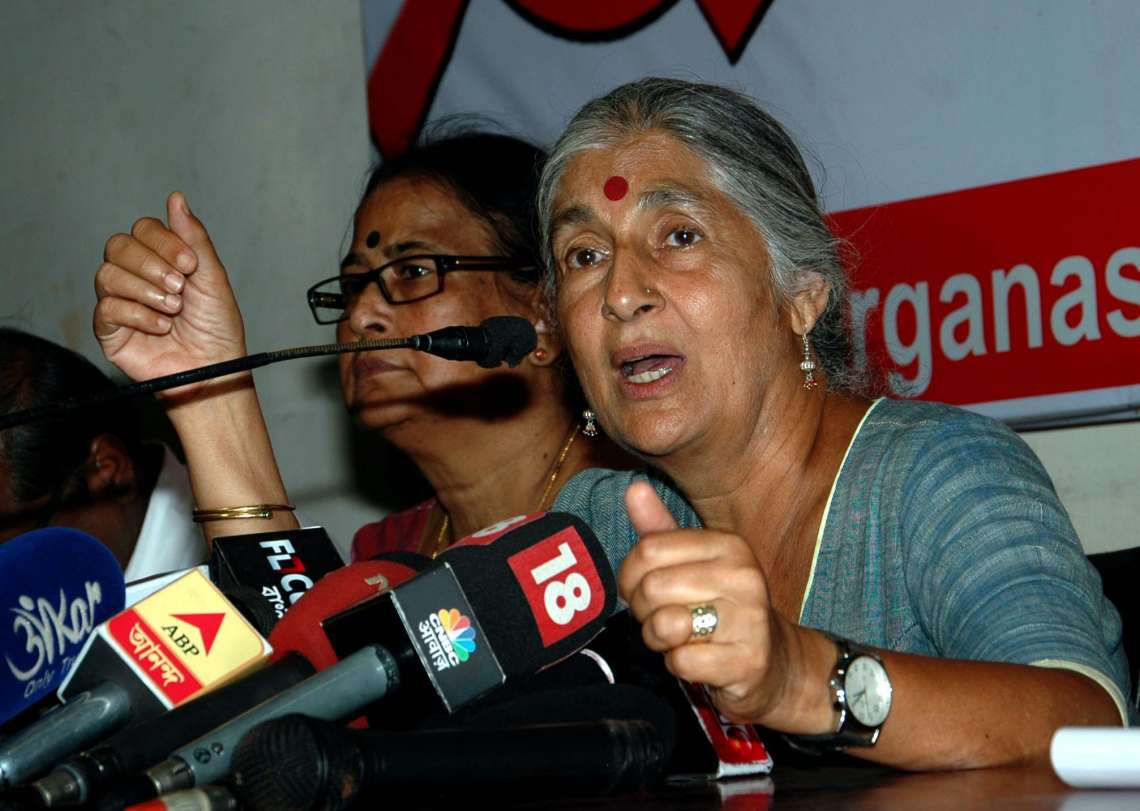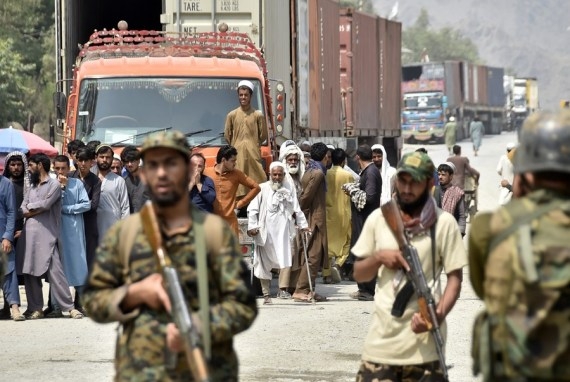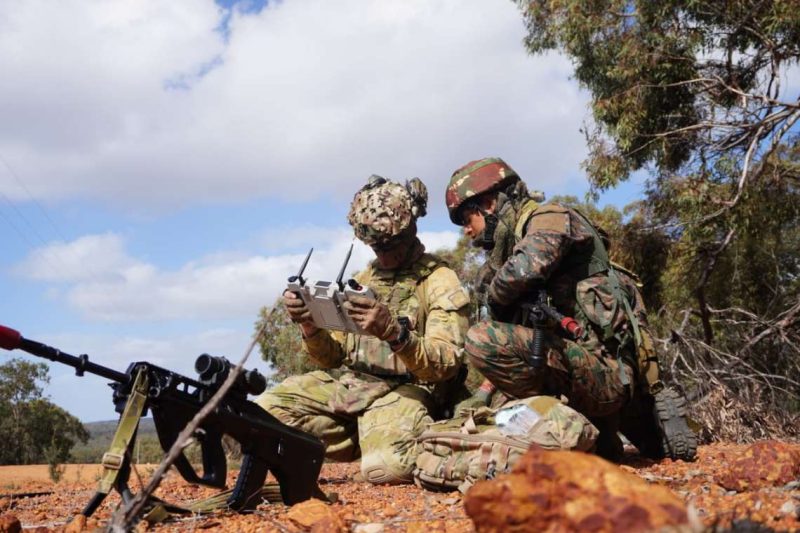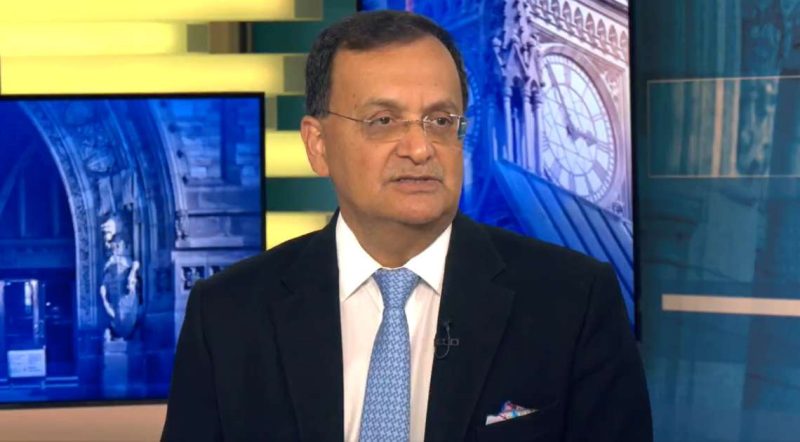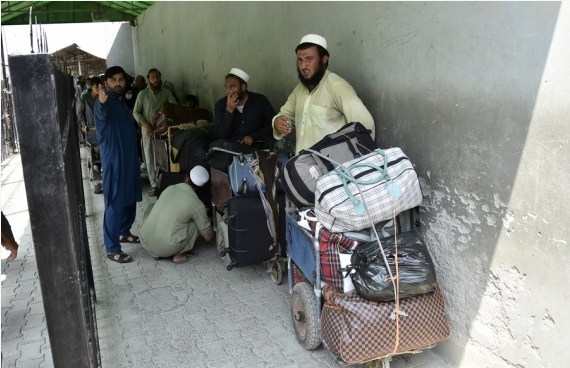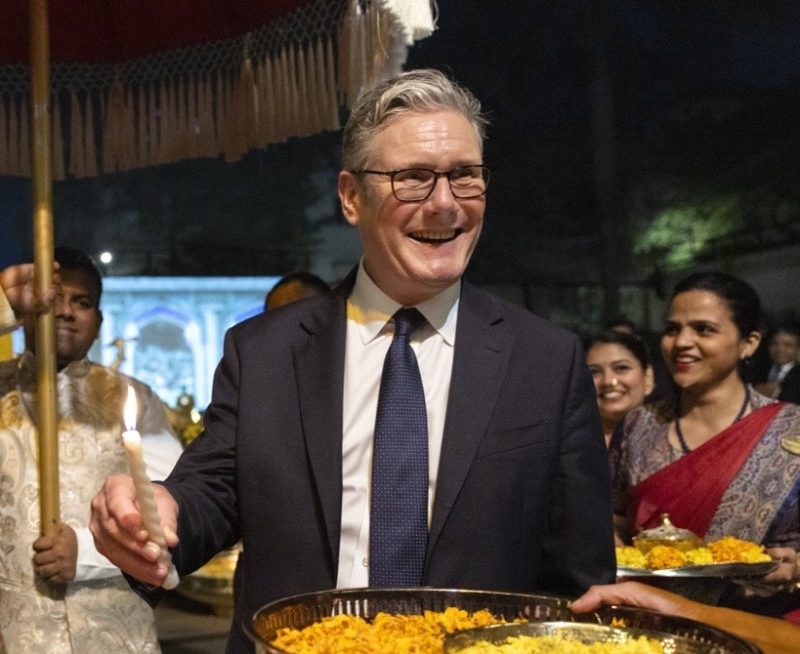Although Buddha was born in Lumbini, his ‘karmabhoomi’ remained in India throughout his life that had great impact…reports Asian Lite News
As part of the Government of India’s ambitious project of cementing deeper relations with those countries that share the same historical, cultural and spiritual heritage, an upcoming museum dedicated to the Buddha has been envisaged in the national capital as part of the ongoing Central Vista Project.
There could not be a bigger addition to the historic landscape of the national capital than the Buddha. The news related to the museum was broken amid the announcement that at the invite of his Nepalese counterpart Sher Bahadur Deuba, Indian Prime Minister Narendra Modi would be making an official visit to Lumbini, the birthplace of Buddha on the auspicious thrice-blessed Budh Purnima Day on May 16. This is the day when Lord Buddha was born, attained enlightenment, and subsequently attained Nirvana.
This will be the fifth visit of PM Modi to Nepal since assuming office in 2014, but the first after he was re-elected in 2019. He will also hold a bilateral meeting with his Nepali counterpart there, and make a visit to the Mayadevi Temple, dedicated to Prince Sidddharth’s (young Buddha before attainment of enlightenment) mother who is believed to have given birth at the site.
“Prime Minister Modi’s visit continues the tradition of regular high-level exchanges between India and Nepal in furtherance of our Neighbourhood First policy,” the Ministry of External Affairs, Government of India, expressed.
From the annals of history, courtesy goes to Emperor Ashoka that Buddha became the first Indian god to cross the seas and whose teachings could find resonance in different parts of the globe.

His large persona inspired several world leaders who led non-violent movements in their respective countries and his teachings continue to reign supreme. The cardinal principles of Buddhism like non-violence, compassion, humanity and co-existence with mutual understanding has still been casting a huge imprint on the society and the people at large.
Continuing the same trend and in appreciation of the ever-lasting impact of the Buddha, the two Prime Ministers will be together in the foundation stone laying ceremony for the construction of a centre for Buddhist culture and heritage, in a plot belonging to the International Buddhist Confederation (IBC), New Delhi, within the Lumbini Monastic Zone.
Since the time of Ashoka, Buddhist principles have gradually found a new place within the diplomatic route and spread far and wide without violence in the Indian subcontinent. Needless to say, the ideas associated with Buddha have been key to India’s ‘Act East’ policy.
Although Buddha was born in Lumbini, his ‘karmabhoomi’ remained in India throughout his life that had great impact. After travelling widely, he found the answer to the sufferings present in the world at Bodh Gaya under the Bodhi Tree. Throughout his life, he travelled and spread his message of compassion, tolerance and humanity.
Centuries later, his message has become even more relevant now. It is a matter of great pride that India has, time and again, proven that almost all issues plaguing the global order can be dealt with successfully by walking on Buddha’s path of dialogue and non-violence.
Strategically as well, India’s renewed interest in Buddhism is justified as it would keep China from appropriating the values in the name of Tibetan Buddhistculture and identity in its political interest. Surrounded by neighbours with firm roots in Buddhism, it makes even more sense for the Government of India to further invest in revamping and renewal of the Buddhist culture and diplomacy.
Over the last decade, India has prioritised visits to Buddhist nations. In fact, even during the official state visit of Prime Minister Modi to China, Xi’an — a place where a Tamil Brahmin first preached Buddhism centuries ago — was firmly in the itinerary.
In fact, the official state visits to Buddhist nations have a reserve day solely for the purpose of visiting as many historical Buddhist sites as possible. Through these regular visits, the Indian roots of Buddhism have been brought forth with a renewed vigour.

In fact, many countries are now requesting the dedicated cell of the Archaeological Survey of India to execute projects of conservation in their countries given the outstanding track record of ASI, especially at historical Buddhist sites.
The significance of Buddhist culture in the neighbouring Buddhist countries can be gauged from the fact that following a request from the President of Sri Lanka, the sacred Kapilavastu relics (fragments of Buddha’s bones) were sent from India in 2012 which were visited by about 50 per cent of Sri Lanka’s population within a week’s time.
On the domestic front, the revival of the Nalanda University is a step in the right direction. Though it would take a significantly higher amount of efforts to ensure its complete revival, the Government of India has also undertaken other events and projects to widen the outreach.
In essence, reimagining the “Buddhist Circuit” — a travel route in the footsteps of Lord Buddha — the Indian Railways ran its inaugural Buddhist Circuit train over eight days, linking the holy birthplace of Buddha (Lumbini in Nepal) to over a dozen sites of Buddhist pilgrimage, including the place where he attained enlightenment (Bodh Gaya), had given his first sermon (Sarnath, near Varanasi), and attained Nirvana (Kushinagar).
The trip would be interspersed with stops at some of the foremost places of learning like Nalanda and Rajgir, which, many centuries ago, had attracted students and scholars from as far as China, Korea and Japan.
Only six months back, the Kushinagar International Airport was inaugurated to facilitate foreign tourists and Buddhist pilgrims to gain easy access to the historic cities of Sravasti, Kushinagar (the site of the Mahaparinirvana Temple) and Kapilvastu where Lord Buddha spent much of his monastic life.
It is essential to note that there exist significant linkages between the historical essence of Buddhism and the modern Indian identity, which can be seen from the Sarnath lions on the Indian insignia to the dharma wheel with 24 spokes on the national flag.
With a renewed focus on ancient languages like Pali as well as the encouragement of Buddhist studies in the established universities of India, the country can further expand the scope of research within its boundaries as well.
In addition, the mere presence of the Dalai Lama and the Tibetan government-in-exile at Dharamsala furthers the image of India as the protector of the victimised. Successfully leveraging these associations with the Buddhist countries, India may be able to create a larger impact beyond the realm of cultural diplomacy as well.
As a nation that has always encouraged dialogue and never restricted knowledge, Buddha has remained a solid part of the Indian journey. Important values like compassion and non-violence have easily remained a part of the core belief system of every Indian.
Therefore, projecting India’s centrality within the larger Buddhist thought and connecting Buddhist heritage sites as part of the circuit, the Government of India has been able to arm itself with the soft power diplomacy aspect of it. It is bound to help India make further inroads, especially in the neighbouring Buddhist countries.
“The upcoming visit of the Prime Minister of India will contribute to further strengthen the bilateral relations and the age-old socio-cultural bonds between the two countries,” the Ministry of Foreign Affairs, Nepal, said, adding that the visit underscores the “shared civilisational heritage” of the people of both countries.


